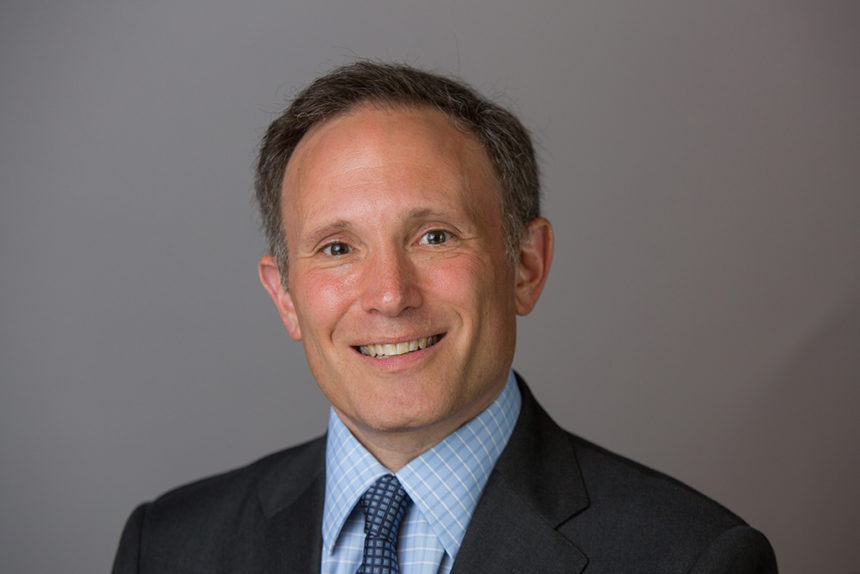After six years as a judge for MM+M’s premier workplace honorarium program, I believe that I have finally cracked the Best Places to Work code. It’s pretty complex and controversial, so try to stick with me. Ready? Here we go.
To be named one of MM+M’s Best Places to Work, a company should actually be a best place to work.
Super-counterintuitive, I know. But in perusing some 80 entries from organizations of all sizes, I was struck by the almost entitled tone that pervaded some of the entries: “We’re a great place to work because we think of ourselves as a great place to work,” essentially.
In nearly every one of those nominations, the rhapsodic entry-form verbiage about culture and opportunities was not echoed in the comments from employees themselves. They told a different, and far more tempered, tale.
In one instance, a company heralded its “triumphant” return to the office and the flexibility its rejiggered hybrid schedule affords. Staffers themselves used phrases like “boxed-in,” “rigid” and “they’re basically asking us to leave” to characterize that same policy.
By contrast, the organizations recognized as Best Places to Work bypassed the bluster and trusted their employees to make the case for them. I was struck by a line shared by a staffer at one of the winning midsize companies: “It’s the only place I’ve ever worked where, if they said, ‘We’re going through some stuff, would you be OK with a pay freeze or cut?’ I’d be like, ‘Absolutely.’” In other words, the testimonials tell all.
At the same time, unhappy employees might have fewer exit hatches than they did in the recent past. The results of this year’s MM+M Career and Salary Survey make it clear that the medical marketing industry’s pandemic-era boom is officially over.
Even as inflation continues to rise, the average marketing salary has stalled at $173,000, down from $176,000 in 2021. Last year, 31% of respondents said they planned to look for a new gig; this year that sum fell to 25%.
Based on what we learned from this year’s Best Places to Work judging, I’d caution
employers not to interpret those results as a sign they’ve regained the upper hand. Bigger paychecks might not be as easily attained as they were two years ago, but after nearly four years of constant workplace transformation, the industry’s best people know better than to settle for second-best. Tread carefully.








